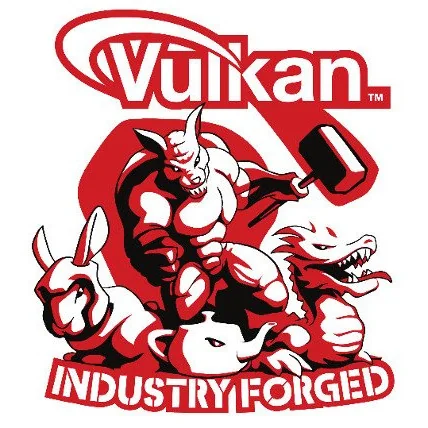ChamferWM Still Appears To Be The Most Capable Vulkan-Powered X11 Tiling Window Manager

Going back to 2018 was some experimental Vulkan renderer work on KDE's KWin but that didn't go anywhere yet. There is hope for the future with more Vulkan work happening on tool-kits (GTK4, Qt6) and the like, but no immediate plans of offering Vulkan-based compositors by the prominent Linux desktop environments. It's a bit understandable though as no desktop trying to appeal to the masses would yet target Vulkan-only due to the reduced GPU/driver scope (and otherwise having to also support existing OpenGL code) and no viable CPU-based Vulkan implementation yet. But in any case, for those wanting an efficient, Vulkan-focused X11 window manager the ChamferWM is the primary project I am aware of.
I last wrote about ChamferWM in the summer when covering its progress as a Vulkan-powered X11 compositor. Thankfully, the project is still alive.
In the months since last checking out ChamferWM, there has been more shared memory handling improvements, VK_KHR_incremental_present support for only updating changed areas of the screen for more efficient rendering, various window management improvements, and other code enhancements.
Those wanting to toy around with a Vulkan-powered X11 window manager over the holiday downtime can find the latest code for ChamferWM on GitHub. For Arch Linux users, Chamfer(WM) is available from AUR.
29 Comments

